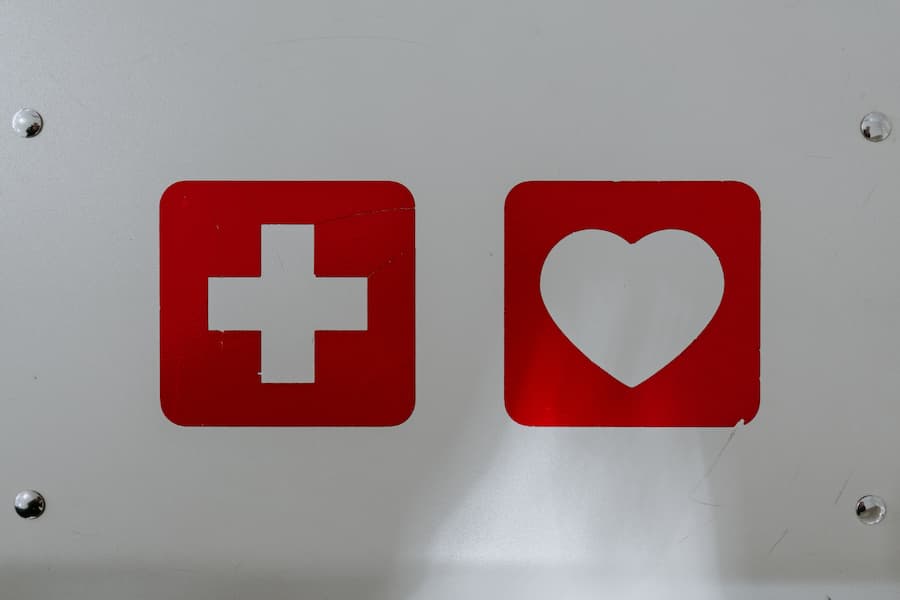First aid kit requirements for construction sites

Managing First Aid on Construction Sites
Construction sites are high risk workplaces. With a wide range of hazards that could result in serious injury or illness, it’s critical to ensure that you have the right first aid kit on site, fully stocked at all times.
Types of hazards on construction sites:
- Use hazardous machinery such as chainsaws, cutting and drilling tools
- Prolonged outdoor work in extreme temperatures
- Using hazardous substances, chemicals, acids and solvents
- Abrasive blasting
- Risk of falls that could result in serious injury
- Working in confined spaces
- Welding
- Demolition
- Electrical work
Of course, many of these hazards can cause harm that is over and above anything a first aid kit could help with.
However, having an appropriate high risk first aid kit on site can help manage bleeding, shock, burns and other symptoms until emergency services arrive.
Which first aid kit do I need?
Appropriate first aid facilities will vary according to the site, the activities being undertaken, and the number of workers. Take a look at Safe Work Australia's information on first aid kits for more details.
The employer must supply an appropriate number of first aid kits, and place them in an obvious, easily accessible location. They must be clearly identifiable, signposted and not locked! First aid kits should be located close to areas where there is a higher risk of injury. Employees need to be advised of their location, typically as part of a site induction or OHS induction.
To decide what sort of first aid kit you might need, and how many, consider:
- The type of work being carried out
- The size and location of your workplace
- Distance between work areas
- The usual number of people at the workplace include workers, contractors, subcontractors, and visitors
What should be in a first aid kit?
The contents of first aid kits need to be appropriate for your workplace. The container itself should be waterproof and tough enough to keep dirt and dust out on site. The first aid officer generally maintains the first aid kit and ensures any items are replaced as soon as possible after use.
High Risk First Aid Kits
Employers in high risk workplaces must provide:
- one kit, including specific first aid modules, for up to 25 employees
- two kits, with specific modules, for up to 50 employees
- one additional kit, with specific modules, for every additional 50 employees
- Where there are separate work areas, you may need to provide portable kits in each work area, including in vehicles.
- Employers also need to provide safety signs to identify where first aid kits are stored. Signs should consist of a large, easily visible white cross on a green background.
How are first aid kit classified?
Apart from being designated as high risk or low risk, first aid kits can also be broken into classes for easy identification.
R1 Kits are suitable first aid kits for vehicles. They cover up to 10 people.
R2 Kits are suitable when you need a small kit that is portable. They cover up to 25 people in both high and low risk workplaces.
R3 Kits are suitable as a central, non-portable kit for larger sites. They cover 1 - 50 people in low risk workplaces, or 1 - 25 in high risk workplaces.
R4 Kits are the ultimate First Aid solution and are designed to cover a wide scope of injuries in a remote location, large construction site or in a First Aid Room. These cover 1 - 50 people in both high and low risk workplaces.
Buy high risk construction first aid kits at Jaybro
Contact our friendly team for more advice on which construction first aid kit is best for your business, or shop first aid kits online.
 Sign In
Sign In 

